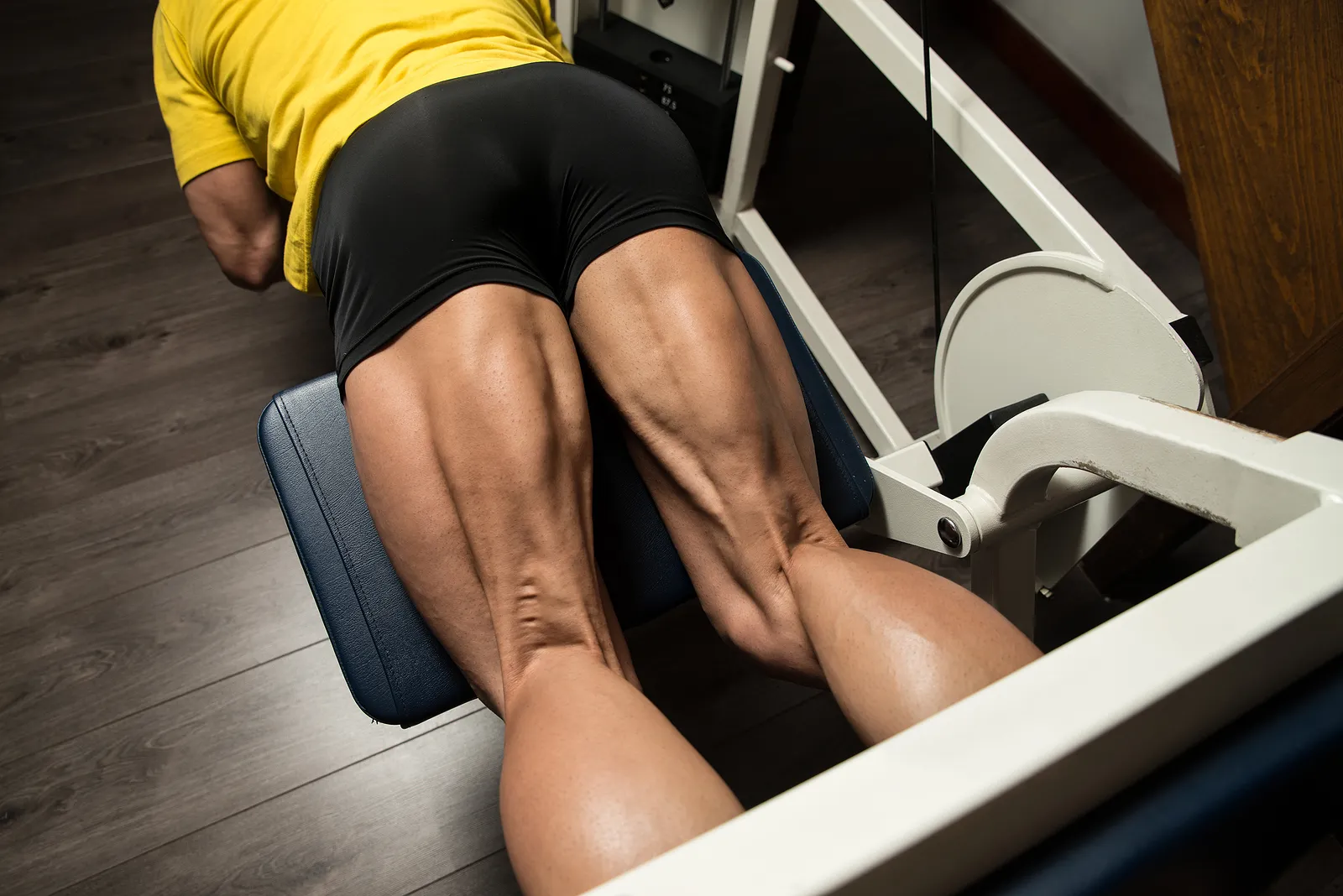The hamstring muscles, part of the skeletal system, are voluntary and allow you to control their movement and function. These three-component muscles near the back of the thigh are crucial for running, jumping, and climbing. Hamstrings are prone to injury due to their active involvement in dynamic motions, notably in runners and sprinters. Sudden stops, slowing down, and directional shifts strain these muscles, and overstretching when running typically causes “pulled hamstrings.”
Hamstring Muscles Meaning
- Hamstring muscles perform many vital functions:
Allowing knee flexion. - Hip extension: Helping extend the hip.
- Hip rotation: Allowing hip rotation.
- Hamstring Muscles Location
- Hamstrings go from hip to knee on the posterior thigh. The hamstring tendons connect these muscles to hip, knee, and lower leg bones.
Hamstring Muscles Structure
Three muscles make up the hamstring group:
- Biceps Femoris: This muscle flexes the knee, extends the thigh at the hip, and helps rotate the lower leg when the knee is bent.
- The semimembranosus muscle, closest to the midline, flexes the knee, stretches the thigh at the hip, and rotates the hip and lower leg medially.
- Semitendinosus: Aligned with semimembranosus but between it and biceps femoris.
Back-thigh muscle strengthening with hamstring curls
Hamstring curls target the back of the leg and buttock glutes. The exercise involves bending the knee and moving the heel toward the buttocks while keeping the body still.
Hamstring curls focus on muscle strength. Building strong, supple back thigh muscles improves strength, balance, and stamina.
Hamstring Curl Benefits
Given their importance to fitness, leg exercises, especially hamstring curls, must be consistent. Regular, correct hamstring curls have many benefits:
Hamstring curls work the rear thigh (biceps femoris, semitendinosus, and semimembranosus) and calf (gastrocnemius and soleus). This exercise works the glutes, front thighs, and tibialis anterior throughout the descent.
Strengthening the hamstring muscles considerably reduces knee injuries by improving knee stability and pressure resistance. With strengthened hamstrings, everyday lower-body tasks are safer.
Overall Strength and Fitness: Hamstring curls improve athletic performance, especially sprinting. These muscle groups gain strength and flexibility, which helps older people with knee, joint, and back discomfort.
Hamstring curls also stretch the front leg quadriceps, relieving lower back stiffness.
In order to build a well-rounded and robust physique, you need to include hamstring curls in your routine. Consult your primary care physician or a fitness professional before beginning a new workout plan to ensure that it will help you achieve your desired level of health and fitness. A holistic approach to improving one’s health and strength can be achieved by making one’s safety and well-being a top priority.
